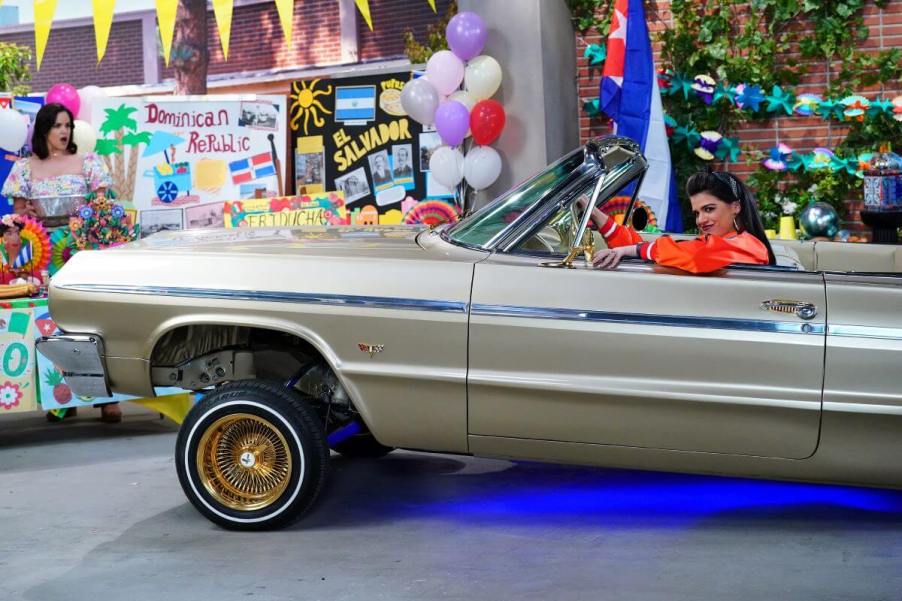
Can You Get Auto Insurance for a Lowrider?
Few cars are as unique or distinctive as a lowrider. They turn heads wherever they go with their intricate paint jobs, custom interiors, and especially their impressive hydraulic systems, which can slam the car low to the ground or send it bouncing sky high.
Lowrider culture is vibrant, with a storied past that celebrates automotive history. Originating in southern California, lowrider culture has spread across the U.S. Most of the vehicles are street-legal or can be street-legal at the correct ride height. Even so, many people wonder if you can get insurance for a lowrider. The short answer is yes, but there are some unique challenges.
The cost of building a lowrider can vary greatly
First, let’s cover what a lowrider is and the costs associated with building one. According to How Stuff Works, a lowrider is typically a car extensively modified to ride lower to the ground than its factory specifications. This is achieved through a combination of alterations, including adjusting the suspension, installing hydraulics, and customizing the frame and bodywork.
Building a lowrider is a labor-intensive and expensive process, with costs varying depending on the vehicle, the extent of the modifications, and how much of the work you do yourself. For that reason, the cost of building a lowrider can range from a few thousand dollars to tens of thousands or more.
Insuring a lowrider has some unique challenges
Now, let’s address the question of insurance for lowriders. While the modified nature of these vehicles may present some challenges, insurance coverage is indeed available. Like many classic cars, you can choose a standard policy or one through an insurance provider specializing in classic or customized vehicles.
Hagerty Insurance is one of the most popular insurance companies that cater to the unique needs of classic or specialty vehicle owners. According to discussions on LayItLow, a popular online forum dedicated to lowriders, many lowrider vehicles are insured through Hagerty or Grundy. These companies recognize the cultural significance and value of these cars and provide policies explicitly tailored for lowriders.
However, it’s important to note that lowrider insurance requirements can vary among different providers. While Hagerty and Grundy cover these vehicles, their policies are meant for cars with occasional use. Other insurance companies like AAA or State Farm may cover lowriders but have different requirements or costs. That’s why it’s important to research and consult with multiple insurance providers to find the best coverage for your specific needs.
When insuring a lowrider with a classic car insurance company, there are specific requirements to be aware of. These requirements include storing the vehicle in a secure location, such as a locked garage or storage facility, when not in use. Policies are also not intended for daily use and may restrict mileage, limiting the number of miles that can be driven per year. In some cases, the policy may require proof that you have a separate, primary vehicle insured with another insurance provider.
The biggest challenge is how to value the vehicle
However, perhaps the biggest challenge is assessing the value of the lowrider. Hagerty, for example, offers agreed value coverage, which means that the policyholder and the insurance company agree on the vehicle’s value upfront. This ensures that in the event of a total loss, the owner will be compensated for the agreed-upon value rather than the depreciated market value.
Additionally, lowrider owners may be required to provide documentation and evidence of the modifications made to the vehicle. This can include photographs, receipts, or other supporting materials that demonstrate the extent of the modifications and the value they add to the car.
In conclusion, while the modified nature of lowriders presents unique challenges, auto insurance coverage is available for these remarkable vehicles. However, it is essential to research and understand the requirements of different insurance providers, as specific criteria may vary. By ensuring compliance with the requirements and selecting appropriate coverage, lowrider owners can protect their prized possessions and continue to enjoy the passion and artistry of their cars.




